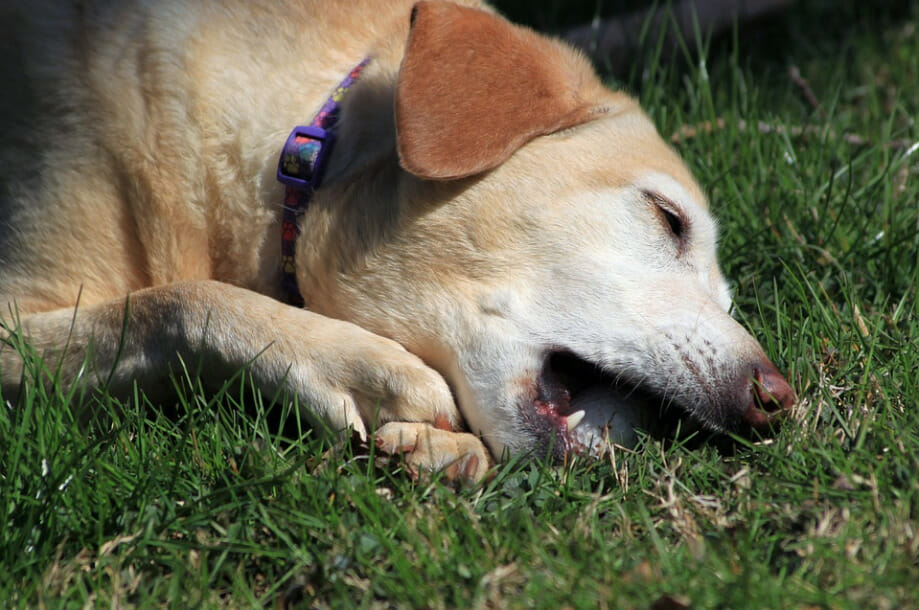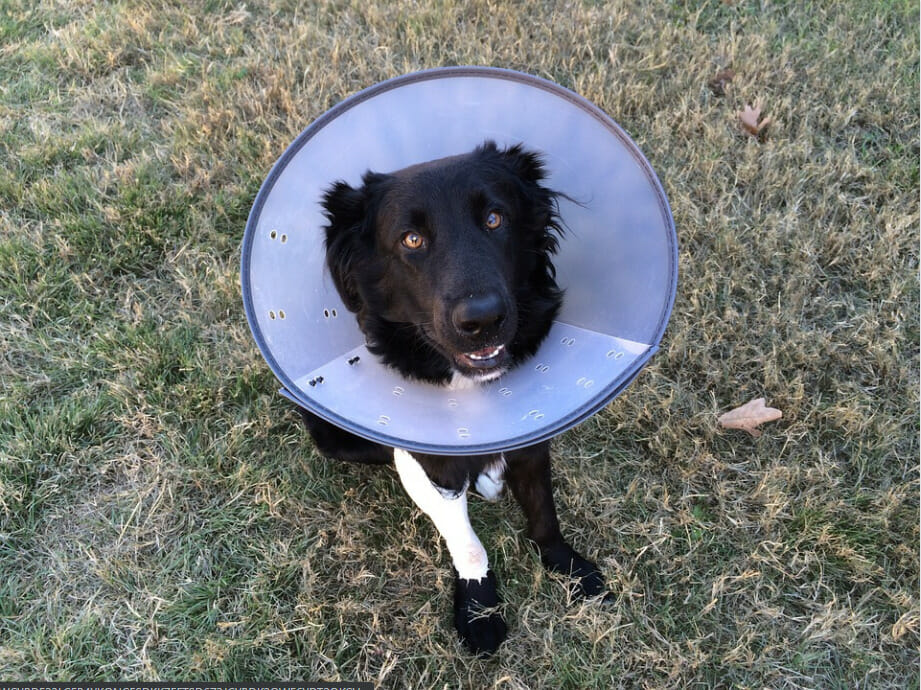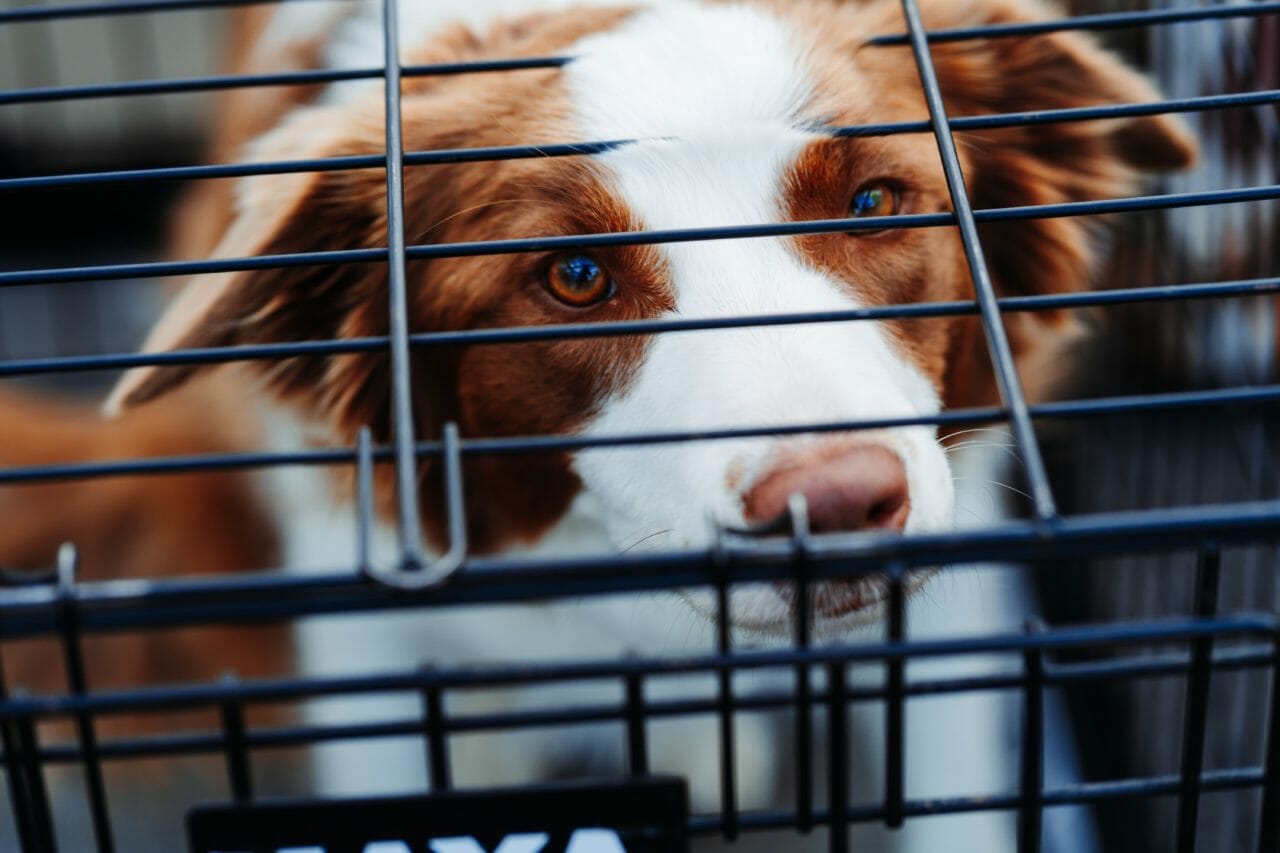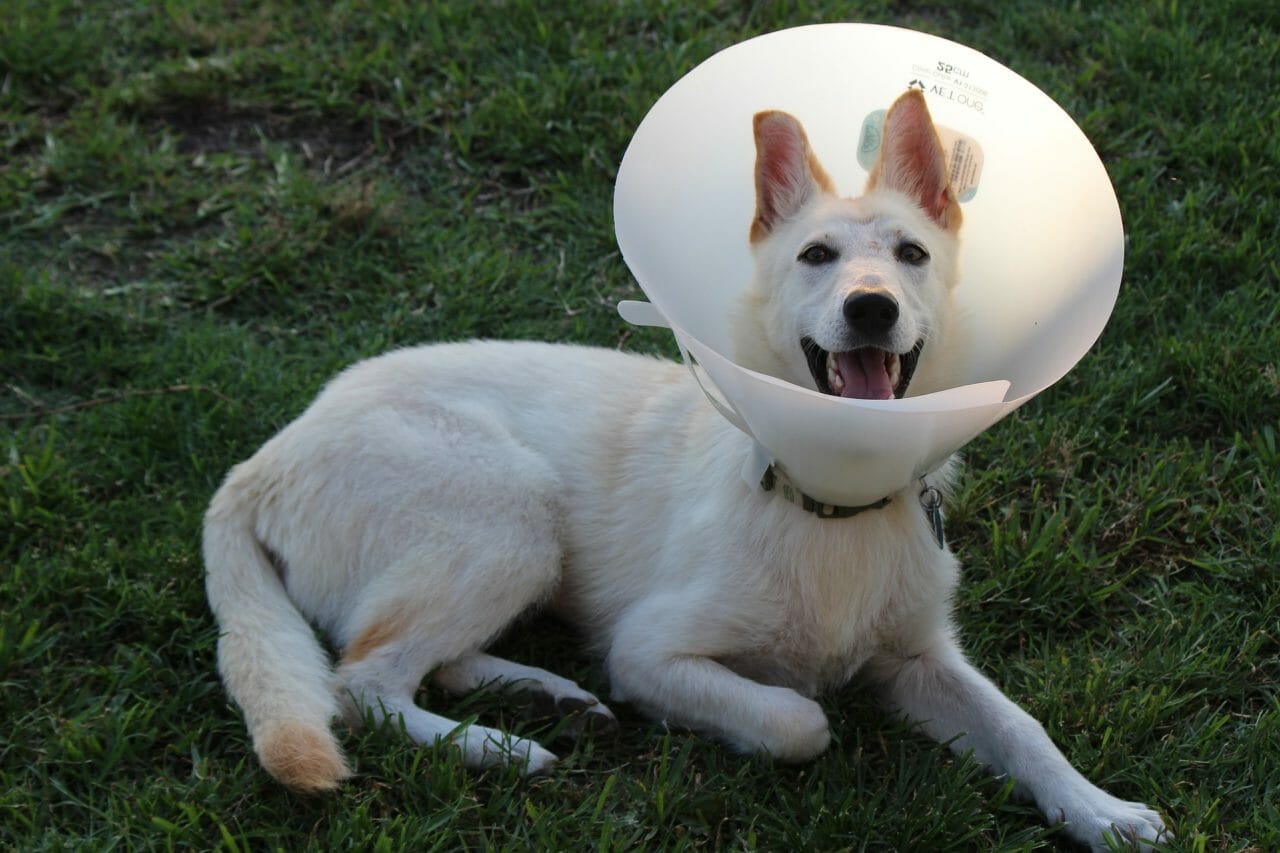Keep your furry friend’s paws clean and healthy.
If you’re a dog owner, you know your pup’s nails need to be trimmed regularly. But did you know your dog’s nails help them with many things, including balance and traction when they run and jump?
Sometimes, despite our best efforts to keep their nails trimmed, dogs can develop infections in their nail beds. These infections can be painful for your pup and cause a limp or have your dog avoid using the affected paw altogether.
In this blog post, the experts from RehabPet.com explore dog nail bed infections, including how the infection starts, signs it’s hurting your dog, and the treatment plans for your pups.
What Are Dog Nail Bed Infections?
Dog nail bed infections are caused by bacteria, yeast, or fungi that enter the body through a break in the skin.
Infections that can cause issues for your dog’s nails include:
Paronychia
This is an infection of the tissue around the nail. It’s typically caused by bacteria or fungi entering the skin through a cut or break and will cause inflammation around your dog’s nails and paws.
Onychomycosis
This fungal infection typically starts as an infection in the nail bed and then spreads to the nail itself. Onychomycosis can cause your dog’s nails to become discolored, thickened, and brittle.
Pododermatitis
This is an inflammation of the skin on your dog’s paws and is usually caused by allergies, trauma, or infection. Pododermatitis is very common in dogs and can cause redness, swelling, and pain in your dog’s paws and can affect the nail.
What Causes Nail Bed Infections in Dogs?
While we touched on the potential infections that can cause nail bed issues in dogs, let’s explore how those infections can get into your dog’s system in the first place.
Bacteria, yeast, and fungi can enter your dog’s system through:
Allergies
Dogs can develop allergies to their food or environment. These allergies can cause irritation and inflammation of the skin and nails, making your dog more susceptible to infection.
Injury
If your dog injures their nails, they are more likely to develop an infection. The injury can be as simple as a broken nail or a cut in the skin around the nails.
Overgrowth
If your dog’s nails are not trimmed regularly, the nail can begin to overgrow. This can cause the nails to curl under and grow into the skin, leading to infection.
Poor hygiene
If your dog’s nails are not kept clean, it can develop an infection. Bacteria, yeast, and fungi can all thrive in dirty environments.
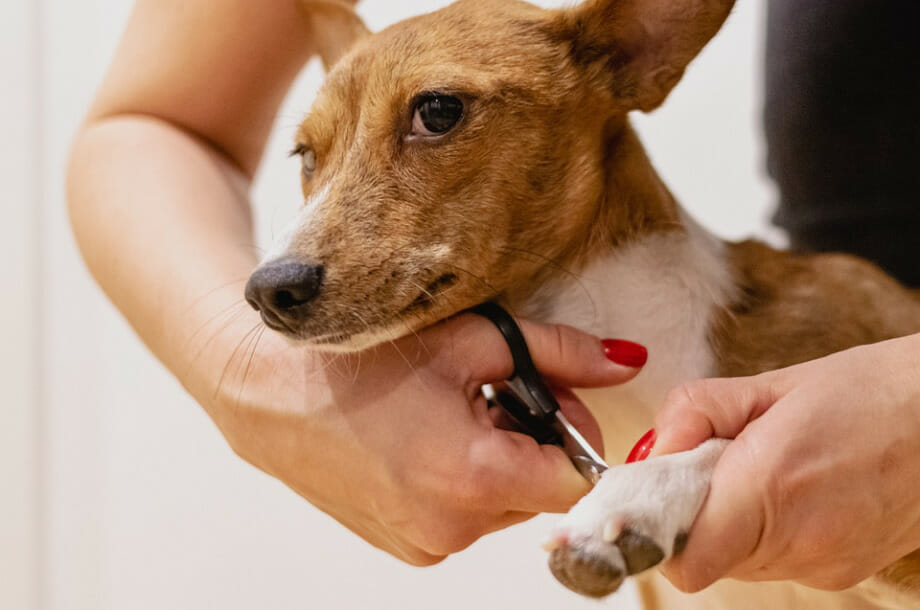
What Are the Signs That My Dog Has a Nail Bed Infection?
There are a few physical signs that you can look for that may indicate your dog has a nail bed infection, including:
- Swelling around the nails
- Redness around the nails
- Your dog is limping or avoiding using the affected paw
- Discharge from the nails
- Bad odor coming from the nails or paw
- Excessive licking or chewing of the paw
If you notice any of these signs, it’s important to take your dog to the vet as soon as possible so they can diagnose and treat the infection.
How Are Nail Bed Infections Diagnosed?
If you suspect your dog has a nail bed infection, the first step is to take him or her to the vet.
Your vet will likely physically examine your dog’s nails and paws and may take a swab of the affected area to test for bacteria. The vet may also recommend X-rays or MRI if your dog has a more serious infection.
How Are Nail Bed Infections Treated?
The treatment for a nail bed infection will depend on the severity of the infection.
For mild infections, your vet may prescribe oral or topical antibiotics. Your dog may need to be hospitalized and treated with intravenous antibiotics for more severe infections.
Surgery may also be required to remove any damaged tissue or nails. Your vet will likely also recommend that you take steps to improve your dog’s hygiene and avoid any potential injuries to their nails. This can include trimming their nails regularly and keeping them clean.
Many vets recommend soaking your dog’s paws in a solution of warm water and Epsom salt for at-home treatments. You can also use an over-the-counter antiseptic spray or cream to help treat the infection.
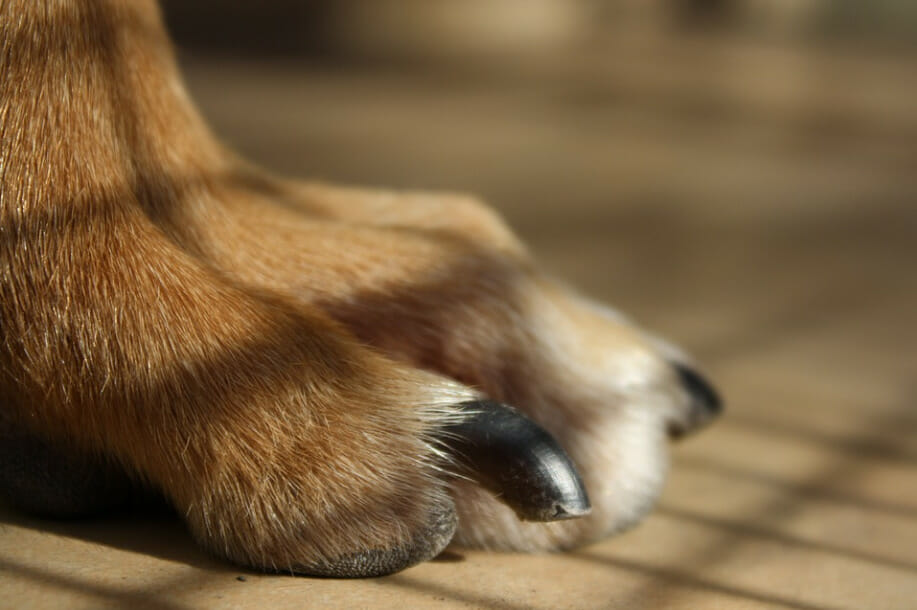
How To Prevent Nail Bed Infections
The best way to prevent nail bed infections in dogs is to practice good hygiene and take steps to avoid injury to their nails. A few tips for healthy paws and nails for your dog include:
- Trim your dog’s nails regularly and keep them clean
- Avoid letting your dog walk on hard surfaces or play in dirty environments for an extended period of time.
- If your dog does injure their nails, it’s important to clean the wound immediately and keep an eye on it for any signs of infection
- If you notice any redness, swelling, or discharge, take your dog to the vet as soon as possible.
Ensure your dog’s diet is healthy because it helps keep their nails and skin strong. It also helps reduce the risk of infection. A diet rich in fatty acids, vitamins, and minerals helps keep nails and skin healthy and less prone to injury.
If your dog has allergies, it’s also important to manage them with medication or by avoiding triggers.
Closing Thoughts
Nail bed infections in dogs are fairly common but can be painful and serious if left untreated.
If you notice any signs of infection, take your dog to the vet as soon as possible. The sooner you catch and treat the infection, the better.
Follow RehabPet.com’s prevention tips to reduce the risk of your dog developing a nail bed infection and keep those paws healthy and happy.
